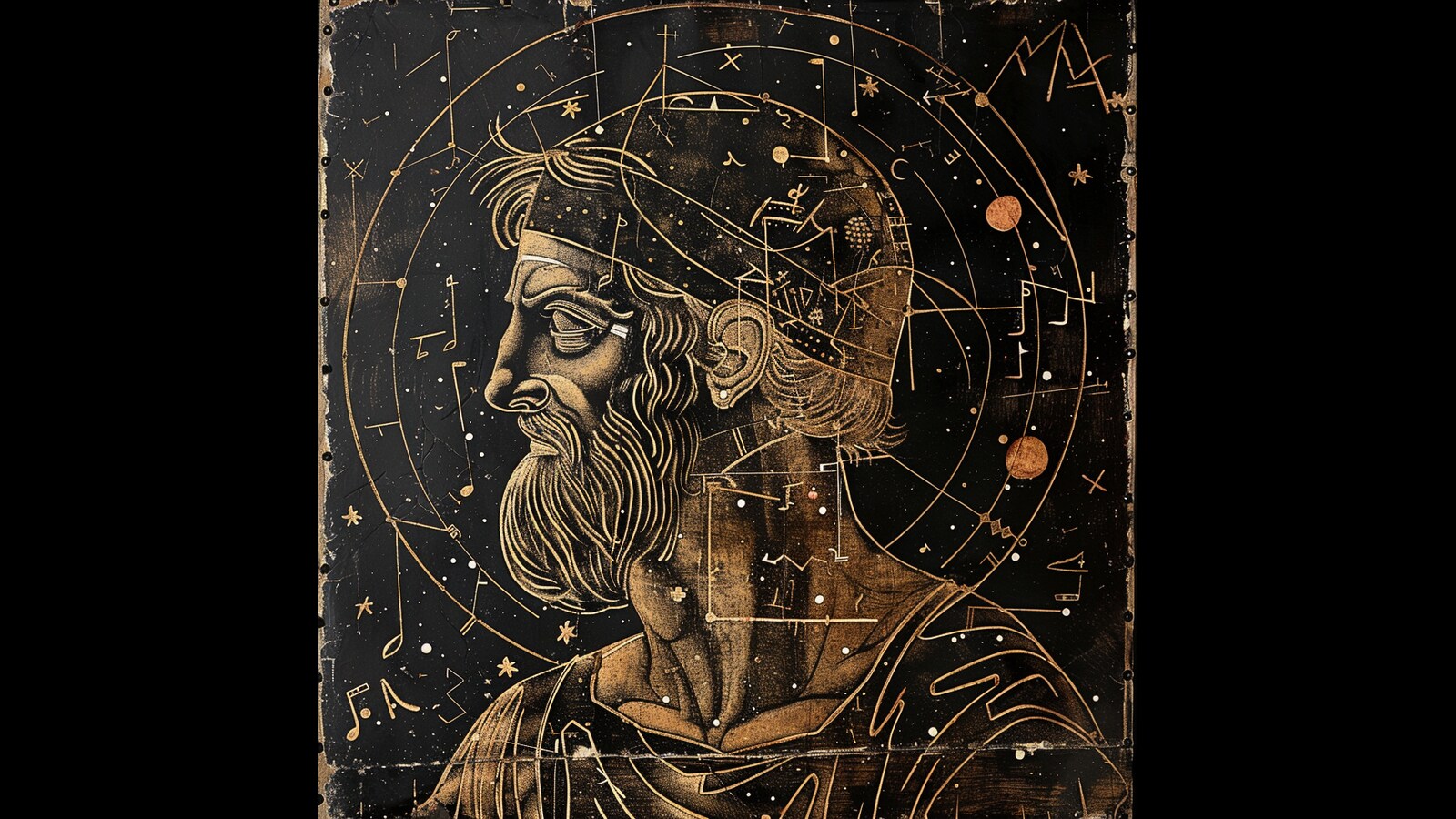
[ad_1]
Numbers can explain everything, even music, the Greek mathematician and philosopher Pythagoras believed.

His 6th-century-BCE experiments of plucking stretched strings of different lengths reportedly led him to stumble upon the harmonious connection between frequencies and their ratios.
Certain simple ratios of vibrating string lengths produced consonance, or a pleasant-sounding combination of notes, he found. The most fundamental interval in music, the octave, occurs when the sound wave frequency between two notes is such that one is double the other in a ratio of 2:1, creating a sense of completeness.
Similarly, the interval of a perfect fifth and perfect fourth reflect simple ratios of whole numbers, respectively, 3:2 and 4:3.
Now, a twist. It turns out, beauty lies in the ears of the beholder too. A recent study has found that these ratios hold true… for most instruments… used in Western music. They do not hold true — in fact, none of the math does — in the worlds of composition and instrumentation that lie beyond the West.
In their study, researchers at the University of Cambridge, Princeton University and the Max Planck Institute for Empirical Aesthetics found that not all musical instruments adhere to the mathematical ratios laid out by Pythagoras and followed in the West for centuries.
In a paper published in the journal Nature Communications in February, the researchers showed that certain types of xylophones and gongs, for instance, create entirely new patterns of consonance and dissonance. The bonang, an instrument built from a collection of small gongs and used in the powerful Javanese ensemble music gamelan, is one such example.
“Our findings challenge the traditional idea that harmony can only be one way, that chords have to reflect these mathematical relationships. We show that there are many more kinds of harmony out there and that there are good reasons why other cultures developed them,” co-author Peter Harrison, director of the Cambridge Centre for Music and Science, said in a statement.
Music can be appreciated intuitively, without having to rely on traditional mathematical relationships to decode it, he added. This further unlocks more creative possibilities for creators, and for listeners.
[ad_2]
Source link








